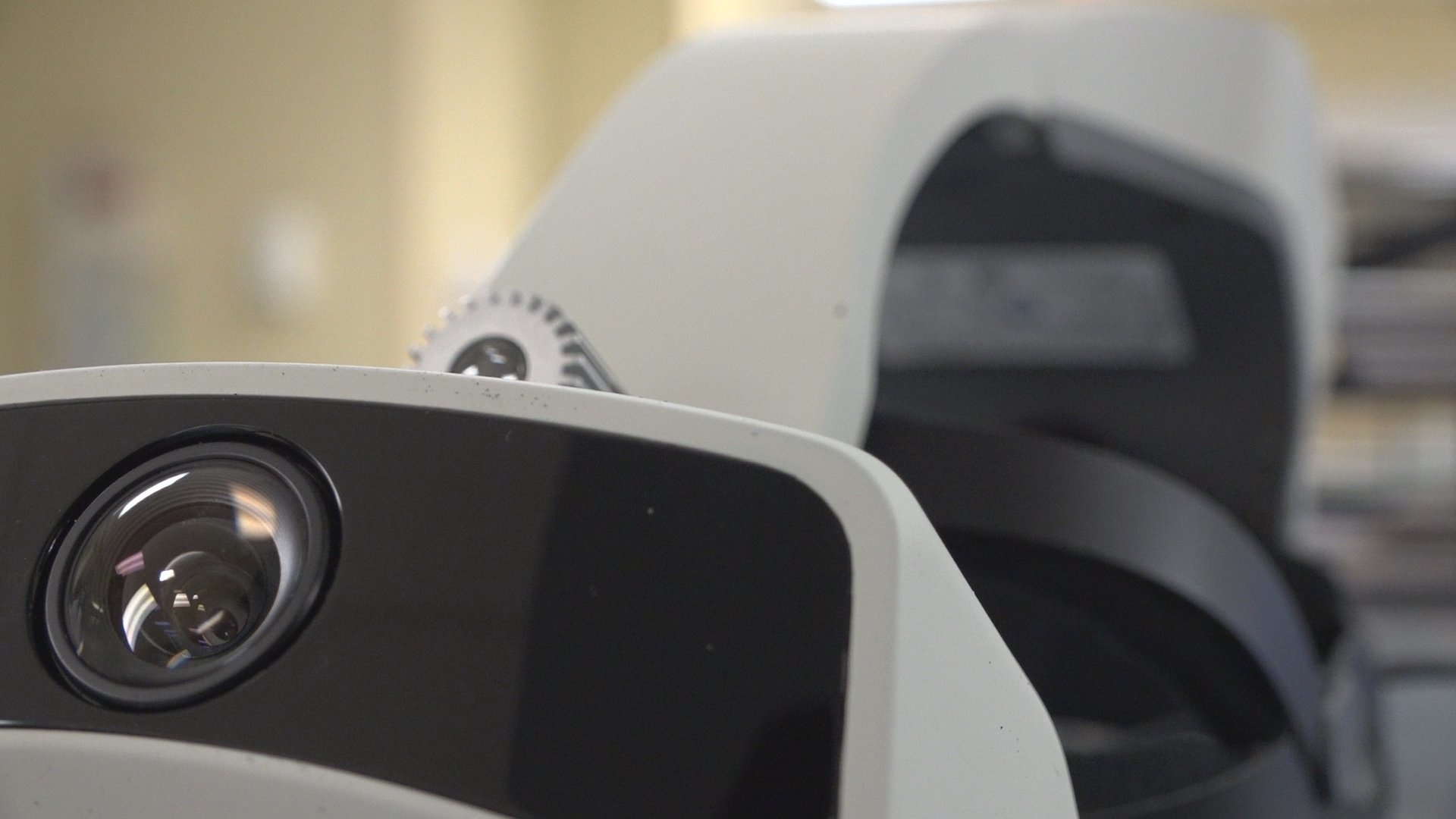Penn Medicine helps bridge medical science with the arts in the world’s first project to image double basses.
Tag: advanced imaging
Morristown Medical Center Surgeons 1st in U.S. to Use Minimally Invasive Vertebral Body Tethering (VBT) With Advanced Imaging for Flexible Scoliosis Correction
Atlantic Health System’s Morristown Medical Center fellowship-trained scoliosis surgeon Jason E. Lowenstein, MD, leads the only surgical team in New Jersey to use a new, FDA-approved tethering system for minimally invasive scoliosis surgery that provides for flexible spinal deformity correction and faster healing. The team is also the first in the nation to use a new type of portable CT scanner
to guide the procedure and actually “see” inside the spinal canal during the surgery using
Stryker’s SpineMap 3D in conjunction with the tether.
Making molecular movies of a biological process of energy conversion
An international team of scientists have observed a sunlight-fueled atomic “pump” working in the cells of a marine bacterium. The imaging was done with an advanced technique called time-resolved serial femtosecond crystallography.

Baylor Scott & White Medical Center – Frisco Becomes First Hospital in Texas to Deploy New Technology to Enhance Patient Safety During Spine Surgery
Baylor Scott & White Medical Center – Frisco has added an innovative operating room technology aimed at improving patient safety during spine surgery.

Mission: Search and Destroy Prostate Cancer
Moores Cancer Center at UC San Diego Health is using advanced imaging, genomics, personalized medicine and new therapies to treat patients like Brian McCloskey, who has stage IV prostate cancer.

Off the Scales: Fish Armor Both Tough and Flexible
Humans have drawn technological inspiration from fish scales going back to ancient times: Romans, Egyptians, and other civilizations would dress their warriors in scale armor, providing both protection and mobility. Now, using advanced X-ray imaging techniques, Berkeley Lab scientists have characterized carp scales down to the nanoscale, enabling them to understand how the material is resistant to penetration while retaining flexibility.